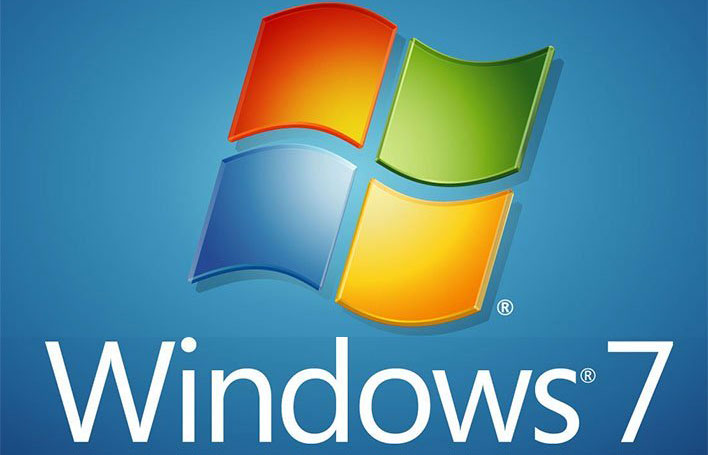Seven Top Windows 7 To Windows 10 Migration Tips Before You Make The Switch

However, given that you've probably been running Windows 7 for years, we've got a few helpful tips to make your transition to Windows 10 as easy and glitch-free as possible.
1 - Make sure your PC meets the minimum system requirements for Windows 10
Windows 10 isn't exactly a demanding operating system, and chances are that your PC is up to the task of running it (if your PC was purchased within the last decade). However, here are Microsoft's system requirements for Windows 10 that you should be aware of:
- Processor: 1GHz or faster compatible processor or System on a Chip (SoC)
- RAM: 1GB for 32-bit or 2GB for 64-bit
- Hard drive size: 32GB or larger hard disk
- Graphics card: Compatible with DirectX 9 or later with WDDM 1.0 driver
- Display: 800x600
2 - Backup all of your important files
Going from Windows 7 to Windows 10 is a major update, and while most installations should go smoothly, you don't want to take any chances with your personal data. In this case, backing up your existing data is a no-brainer. You'll want to make sure that you backup all of your documents, photos, videos and any other data that you deem important, to a USB flash drive or an external drive of some sort. That way, if things get dicey during the upgrade procedure, you'll at least have all your important files available to start anew. Of course, check our storage channel for ideas on external products that you could utilize for back-up.
3 - Check to see if all of your apps are compatible
Make sure that all of the installed apps that you use in Windows 7 are completely up-to-date. This will make the upgrade process go along much more smoothly for you. If possible, go ahead and download and install the Windows 10 compatible version of your apps prior to upgrading. If the latest app is Windows 10-only, be sure to download it and save it to a thumb drive or external HDD for installation after the Windows 10 upgrade process is complete.
4 - Keep a record of your product keys for apps and software
Given that it's likely that you likely have dozens of apps (if not more) installed on your Windows 7 PC -- many of which were paid apps -- you'll want to write down and keep a list of all of your product keys and serial numbers. This will come in handy if you need to reinstall the apps after Windows 10 setup completes. Better to have a record on-the-ready instead of being left empty-handed with the need to purchase the software all over again.

5 - Disable your antivirus software
Antivirus software is notorious for wreaking havoc when upgrading to a new version of Windows. If you're running Windows 7, chances are that you're using an old antivirus program that may have compatibility issues with Windows 10. So, you'll want to either disable your current antivirus program before upgrading, or better yet, uninstall it completely before upgrading to Windows 10. Keep in mind that you obviously also want to maintain a virus-free OS image before migration, so it likely makes sense to do a virus scan before uninstalling whatever antivirus package you have.
6 - Clean out old cruft and unnecessary files from your Windows 7 PC before upgrading
There's no need to take over all of the ratty garbage that Windows 7 has accumulated over the years to Windows 10. Navigate to Start > All Programs > Accessories > System Tools > Disk Cleanup. Click on "Clean Up System Files" to allow the utility to perform a check on your system and remove all unnecessary files.
7 - Disconnect unnecessary peripherals during installation
If you have a whole gaggle of USB drives, external HDDs, external video cards, multi-monitor setups, or other random accessories plugged into your PC, we'd suggest that you unplug them before upgrading to Windows 10. Especially if the hardware is older, it could confuse the Windows 10 setup engine and prolong the time that you're waiting or the upgrade process to complete. You can then plug all of your devices back in after the upgrade is complete.
These are just a few tips to help make your upgrade from Windows 7 to Windows 10 successful. Microsoft also has an excellent reference here, which goes through some steps to automate installation of Windows 10 or converting an existing legacy Windows installation.
And of course, if you have any other tips, feel free to post them in the comments section below.

